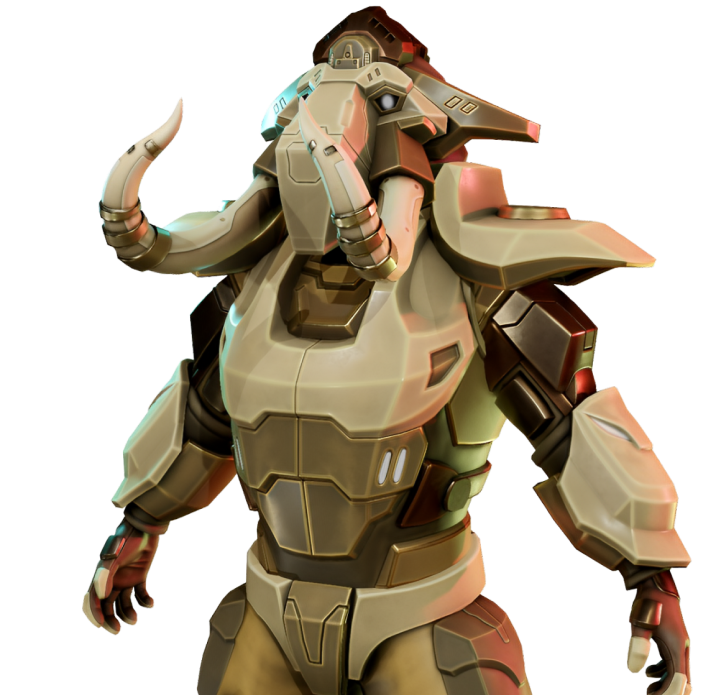The world of video games has witnessed a dramatic transformation in visual fidelity, driven by the continuous evolution of 3D Game Assets. From simple blocky characters of the 90s to today's hyper-realistic environments, the journey has been fueled by technological innovation and artistic creativity. In this Q&A article, we explore how 3D game assets have evolved and what lies ahead.
What are 3D Game Assets?
3D Game Assets refer to digital models, textures, animations, and materials used to build the visual elements in a 3D game world. These assets include characters, environments, props, vehicles, weapons, and more. They form the backbone of any game’s visual experience.
What was the early state of 3D Game Assets?
In the early days of 3D gaming (1990s), 3D Game Assets were mostly low-poly models. Due to hardware limitations, developers prioritized performance over visual fidelity. Textures were simple, and polygon counts were kept low to maintain smooth frame rates. Games like Tomb Raider and Quake popularized this style.
How did advancements in hardware influence asset quality?
With the introduction of more powerful GPUs and increased memory capacity, developers were able to use higher-polygon models and more detailed textures. Techniques like normal mapping, bump mapping, and advanced shaders allowed assets to appear more detailed without dramatically impacting performance.
What role did real-time rendering engines play in this evolution?
Modern real-time rendering engines like Unreal Engine and Unity have revolutionized the creation and implementation of 3D Game Assets. They provide tools for high-fidelity lighting, shadows, reflections, and complex material systems—allowing for near-photorealistic visuals in real-time.
What is photorealism in 3D Game Assets?
Photorealism refers to the creation of game assets that are indistinguishable from real-world objects. This involves ultra-detailed modeling, physically based rendering (PBR), high-resolution textures, and advanced lighting techniques. Games like Red Dead Redemption 2 and Cyberpunk 2077 exemplify this level of visual achievement.
How has the workflow for creating 3D Game Assets evolved?
Today’s workflow often includes:
-
3D sculpting with tools like ZBrush
-
Procedural texturing with Substance Painter
-
Photogrammetry to scan real-world objects
-
Physically based materials for realism
-
Optimized LODs (Levels of Detail) for performance
This pipeline ensures that assets not only look good but also run efficiently across platforms.
What is the future of 3D Game Assets?
The future points toward even greater realism powered by:
-
AI-assisted asset generation
-
Real-time ray tracing
-
Virtual production techniques
-
Metaverse-ready assets
-
Cross-platform optimization
As hardware and software continue to evolve, 3D Game Assets will become even more immersive and interactive.
The evolution of 3D Game Assets from low-poly beginnings to cutting-edge photorealism mirrors the growth of the gaming industry itself. Artists and developers now have unprecedented tools at their disposal, enabling them to craft visually stunning worlds that captivate players. As technology advances, we can expect the boundaries between virtual and real worlds to blur even further.





Leave a comment